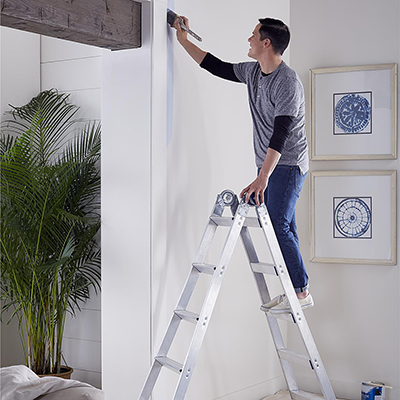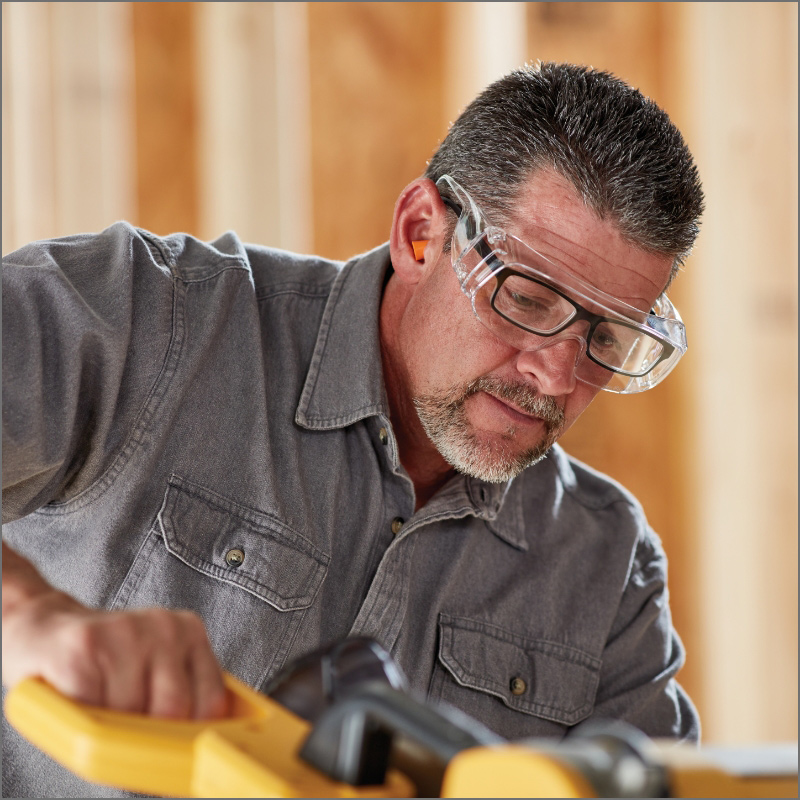What Is PPE and Why Is It Important

Last updated September 7, 2023
Personal protective equipment, also known as PPE, refers to the equipment and garments worn to minimize safety risks in the workplace. Hazards might include chemicals, electricity and mechanical equipment. Workers may face biological threats and physical harm. When you’re working on DIY projects, you often need PPE, as well.
This guide discusses the importance of PPE. It highlights different types of PPE for specific jobs.
Table of Contents
Why Personal Protective Equipment (PPE) is Important
Types of Personal Protective Equipment (PPE)
Personal Protective Equipment (PPE) Requirements
Why Personal Protective Equipment (PPE) is Important
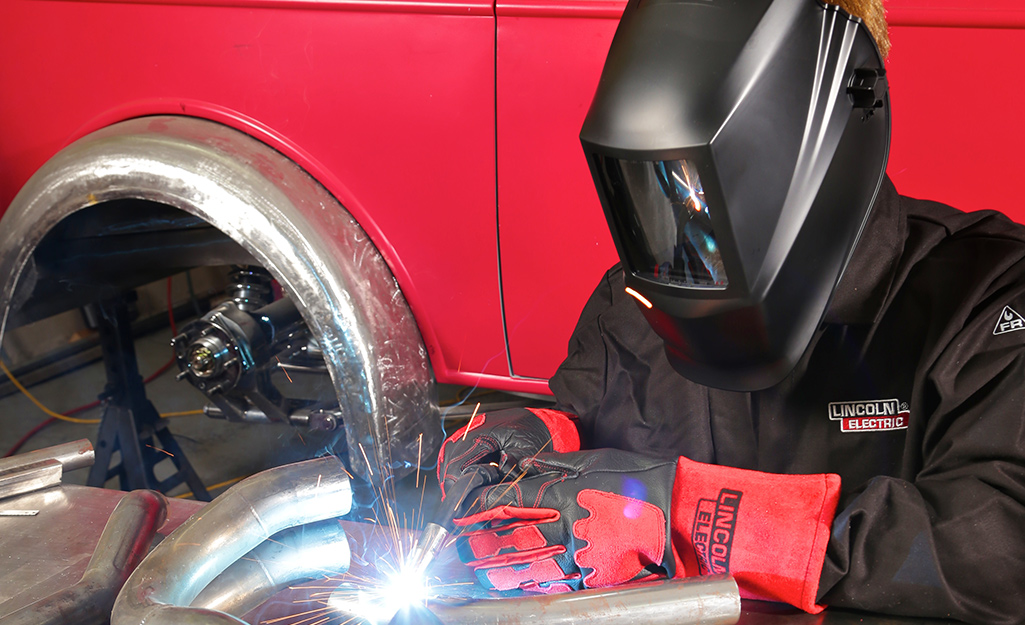
For skilled laborers and trade workers, safety is the number one on-the-job concern. PPE protects the wearer from potential hazards. It can help prevent injury and exposure to chemicals. Construction workers wear PPE on the job. So do public safety personnel and technicians. PPE also helps protect medical workers from germs they may encounter.
While on the job, workers might face falling debris and encounter toxic chemicals. Other risks include extreme temperatures, poor air quality and limited visibility. There may be a chance of heavy impacts.
Your home workshop environment might not be quite as extreme as some job sites. Still, you should wear PPE when using power tools and working with toxic chemicals. PPE may also be needed for some outdoor tasks.
Types of Personal Protective Equipment (PPE)
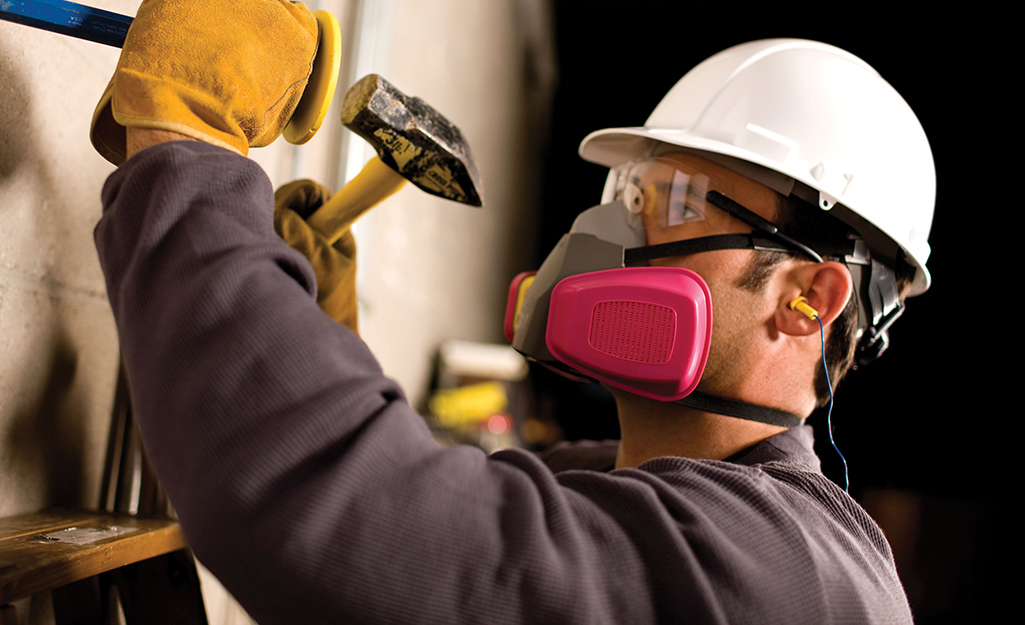
In addition to wearing PPE, it’s important to know how each component works so that you have adequate protection. There are different types and levels of PPE.
Head Protection
- Head protection protects your head from smaller bumps and shields for larger impacts.
- Hard hats and bump caps are common on construction sites and in manufacturing facilities.
- Different hats have different levels of certification and compliance metrics. Make sure you’re wearing one that meets your safety needs.
- All head protection should fit snug and comfortably. Sizes that are too big or too small will not provide enough coverage.
Face Protection
- This includes safety glasses, welding masks, face respirators and masks.
- Paint and sanding masks protect debris and fume inhalation.
- Half-face and full-face respirators are used for more extreme jobs like mold and asbestos removal.
- Welding masks shield the face from stray sparks and hot shards of metal.
Hearing Protection
- Ear plugs and over-the-head ear muffs are the most common types of hearing protection options.
- Loud, industrial sounds damage your ears over time.
- Earplugs and ear muffs protect your ears by from high-frequency noises.
Skin Protection
- Physical labor requires proper protection for the skin.
- Work gloves safeguard your palms and fingers from scrapes, cuts and high heat. They also offer a better grip on slippery surfaces.
- Work aprons and flame-resistant workwear shield the skin on your body from chemicals, electricity and other hazards.
PPE Levels
The level of PPE needed for a job corresponds with the risks. For example, Level A protection is needed for workers doing the most hazardous jobs. The level of protection you need will depend on the job site and work you’re doing.
- Level A PPE is designed for high-level skin, eye, respiratory, mucous and membrane protection. This includes, but is not limited to, self-contained breathing apparatus and chemical-resistant gloves.
- Level B PPE is designed specifically for high-level respiratory protection, when not as much skin protection is needed.
- Level C PPE is designed to protect against known airborne substances. It includes full-face and half-mask air-purifying respirators.
- Level D PPE is the minimal level of body protection. It includes work aprons, boots and gloves.
Other types of PPE include:
- Fall protection
- Safety harnesses
- High-visibility clothing
- Sunscreen
- Rain gear
- Thermal outerwear
Personal Protective Equipment (PPE) Requirements
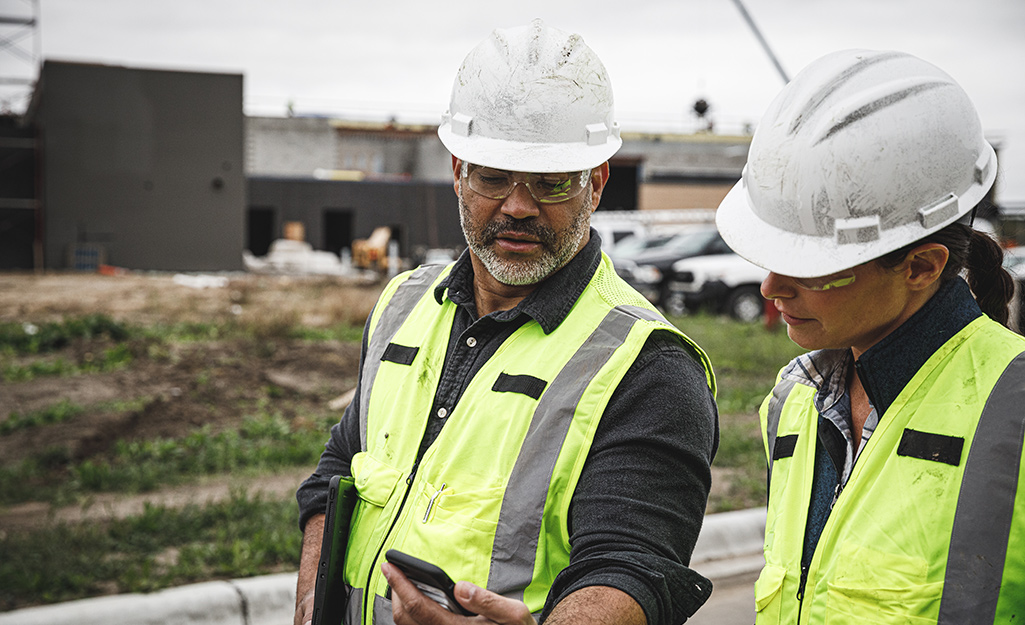
Each industry has specific PPE guidelines and standards, as outlined by the Occupational Safety and Health Administration (OSHA). These standards must also meet those defined by the American National Standards Institute (ANSI). Please refer to the US Department of Labor for more detailed information.
PPE Safety Tips
- Hearing protection should be comfortable, accessible and suitable for the work environment.
- Wear safety glasses with side shields if you work in an area with flying particles or objects.
- Always wear eye goggles when working with chemicals.
- Hard hats wear out over time and should be replaced every four to five years.
- The right footwear shields your feet from harmful objects but should also be comfortable. Look for footwear that grips your heel for optimal movement.
- Wash work clothes in the hot water and on the highest level wash cycle to ensure a thorough clean.
Whether you’re getting ready to go to a job site or a backyard workshop, you need appropriate PPE. The requirements of the job should guide your choices. Depending on your occupation, there may be specific requirements for the PPE you wear while you work. For at-home projects, follow the manufacturer’s directions for PPE on the equipment and products you use.
Personal protective equipment is one area where you don't want to skimp. The Home Depotoffers a variety of high-quality PPE. Shop online using The Home Depot Mobile App and have your items delivered to your doorstep.







